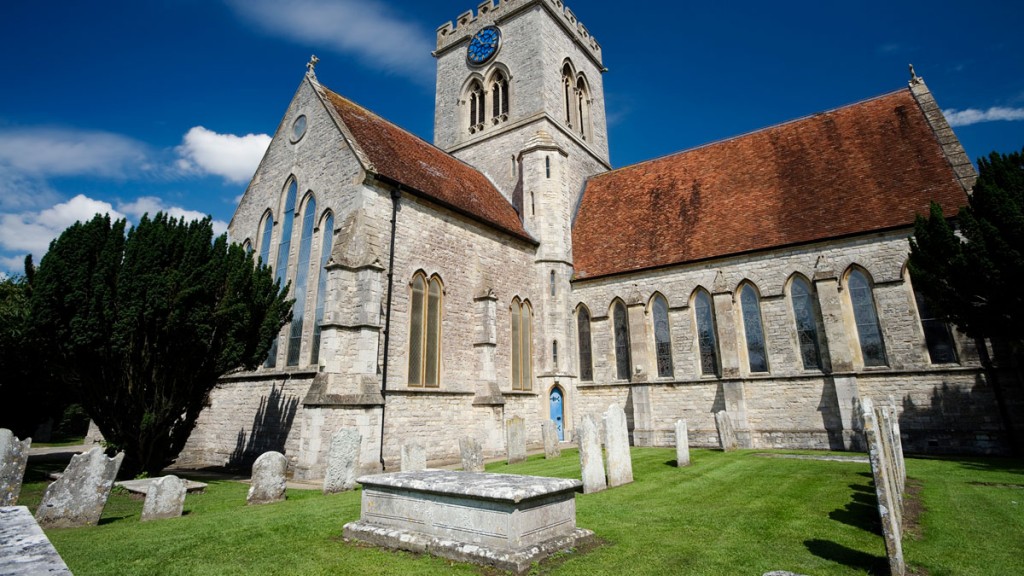
A few months ago, my father-in-law told me how worried he was about the rural bank branches around him closing. Without a bank to go to, he said, where was he to take the church collection for deposit? And if the lack of bank branches contributed towards people no longer using cash, how was he even to take a collection? His fears are well founded – in part, at least.
Last week, bank HSBC closed another seven branches making its total for the year 145. It has, says the Mail on Sunday, also told customers at another 61 branches that they are soon to go as well. His worries were echoed in a letter to The Times a few weeks later. What, asked EA of Derbyshire, was to happen to those who help charities to raise money? If they have nowhere to go with their cash, how will things work? “If cash disappears, how are we supposed to run stalls such as tombola for 20p a go or splat the rat for 30p? I can’t imagine how such events around the country could cope without coins and money.”
They might soon have to find a way. Because everyone else is. HSBC is cutting branches for the simple reason that no one uses them any more: there has been a 40% reduction in the usage of actual branches in the last five years with 93% of customer contact now made on the phone or internet, and 97% of cash withdrawn from machines.
The other big banks all say the same thing: it is “customer behaviour” (albeit customer behaviour that is encouraged by the banks) that is driving the disappearance of their branches. People aren’t using physical banks, and increasingly, they aren’t using cash either. A third of people use cash once a week or less, that another 32% use it only two to three times a week, and 30% of people wouldn’t care less if they never saw a pound coin again.
We’ve written here a lot about why we really don’t want to see cash abolished (it is all about privacy and freedom – see blogs here and here), but it’s hard to make a defence for bank branches when they are barely used.
And as for my father-in-law and EA, I suspect they will soon find this a non-problem too. Numbers out this week showed that 18% of card payments are now contactless and that the group of people taking to using contactless technology the fastest are the over 60s.
Not long now and every rural church and every village fete will have its own contactless technology on the door – and no one need ever stand in line at a bank to hand over a heavy bag of 50p pieces ever again. It’s not all bad. It might even be good: all studies show that people are more generous when paying for things with a card than they are when they use cash.